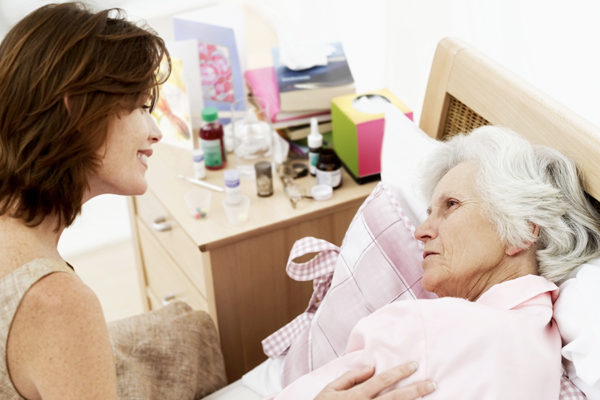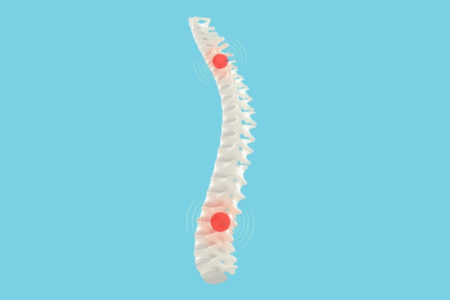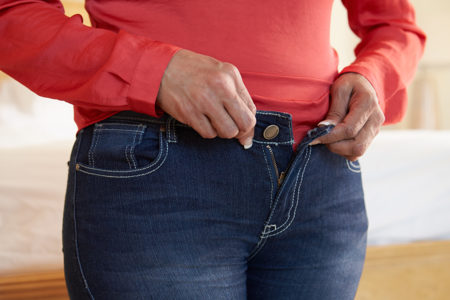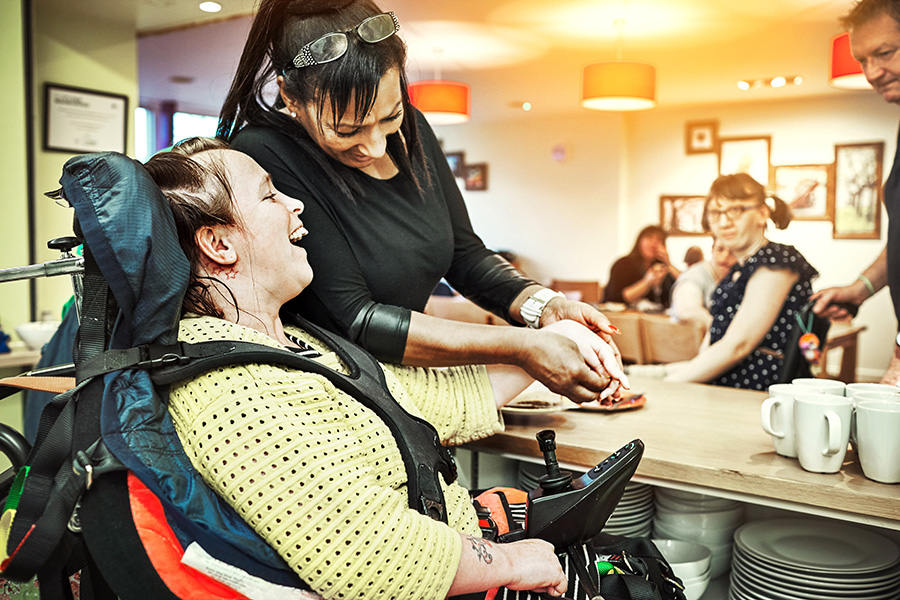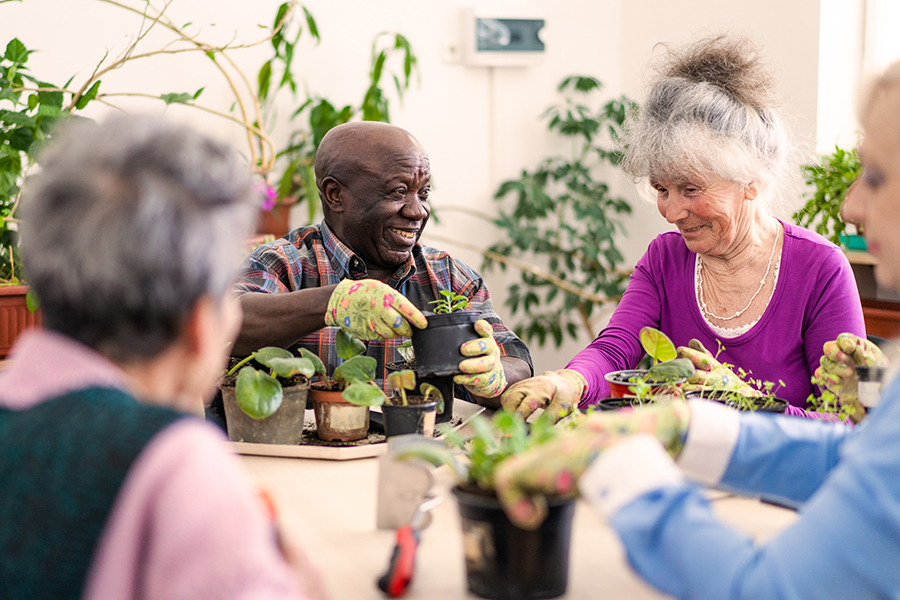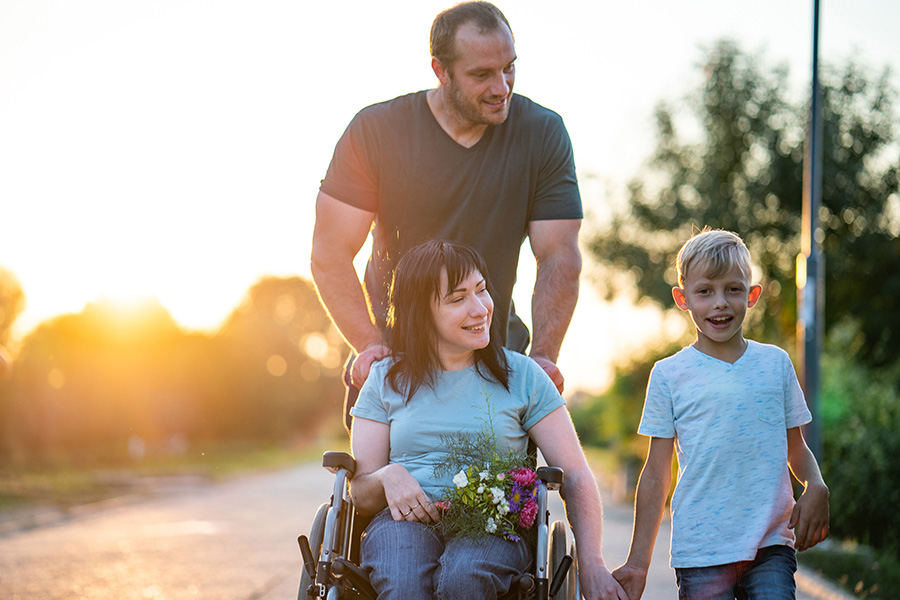Remove an Adult Diaper in 7 Easy Steps
Changing an adult diaper for the first time can be a little daunting. Depending on the wearer’s mobility, adult diapers can be changed with the person standing, sitting or lying down. If you are new to the task, or the wearer has limited mobility, removing the diaper while s/he is lying down may be the most comfortable position for both of you. Remembering to be calm and respectful will help keep this a positive, low-stress experience.
What You Will Need
- A clean adult diaper
- Pre-moistened wipes or skin cleanser and disposable cloths
- Moisturizer or barrier cream
- Disposable medical gloves (optional)
How to Remove an Adult Diaper
1. Wash your hands thoroughly. If preferred, put on a pair of disposable medical gloves (optional). If your loved one has any damaged skin or open wounds, hand hygiene is especially important.
2. With your loved one resting on their back, unfasten the diaper tabs and tuck the diaper flap farthest from you under their hip.
3. With one hand on your loved one’s hip and the other on their shoulder, gently roll your loved one onto their side, so that they are facing away from you.
4. Pull the adult diaper toward you and out from under your loved one, rolling it in on itself as you remove it to secure the contents.
5. Using pre-moistened wipes, or skin cleanser and disposable cloths, clean your loved one’s perineal area – front and back – as thoroughly as possible. Do not press or rub the skin too hard. You may need to reposition them to thoroughly clean areas you cannot reach.
6. With your loved one still on their side, check the skin for incontinence-associated dermatitis (sometimes called diaper rash) and/or pressure injury (also known as bedsores or pressure ulcers). It is important to check the skin during every diaper change for any early signs that skin damage has begun.
7. Apply a moisturizer or barrier cream to the patient’s perineal area to moisturize and protect the skin.
Learn more about skin cleansers and moisturizers here.






